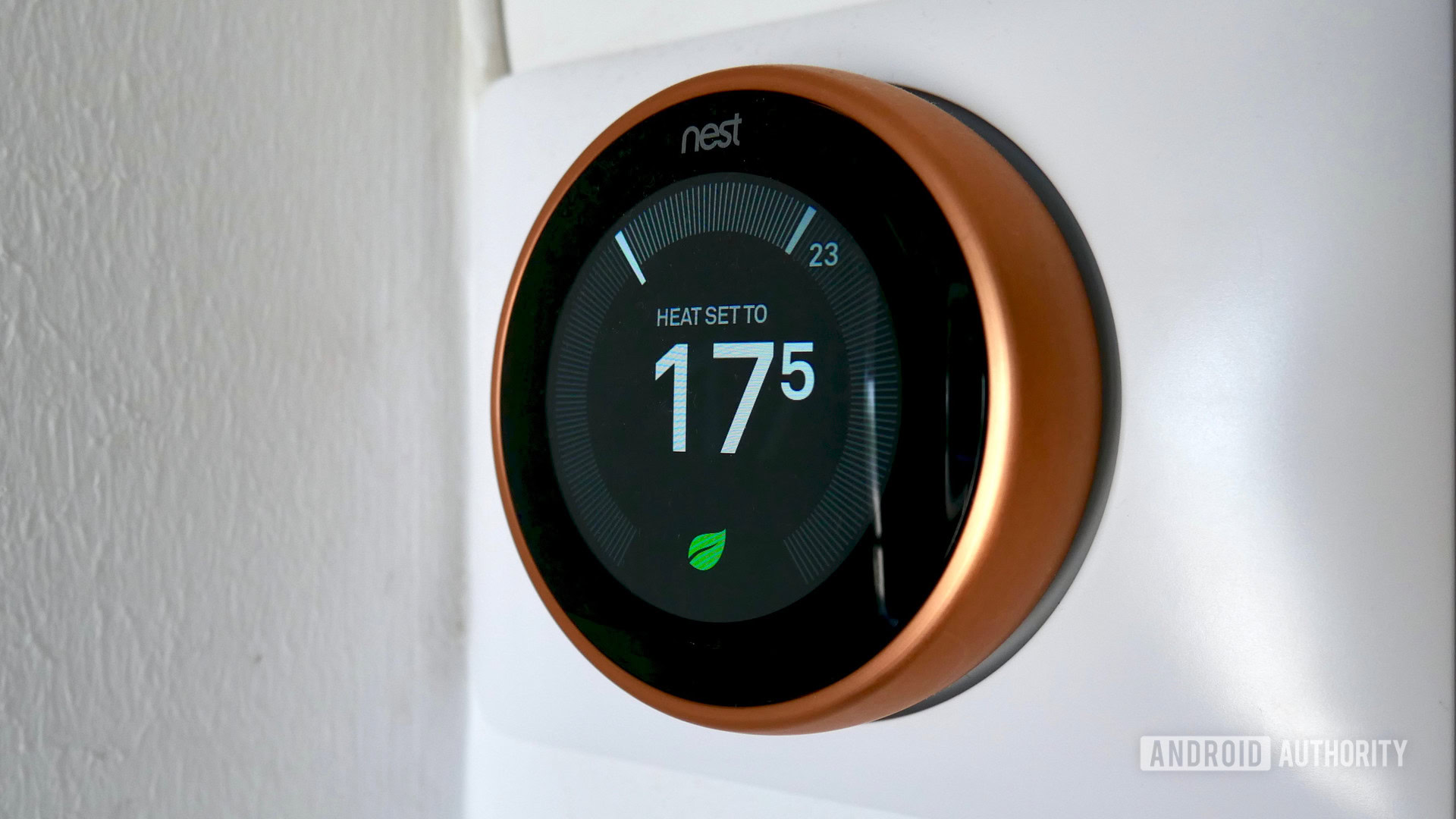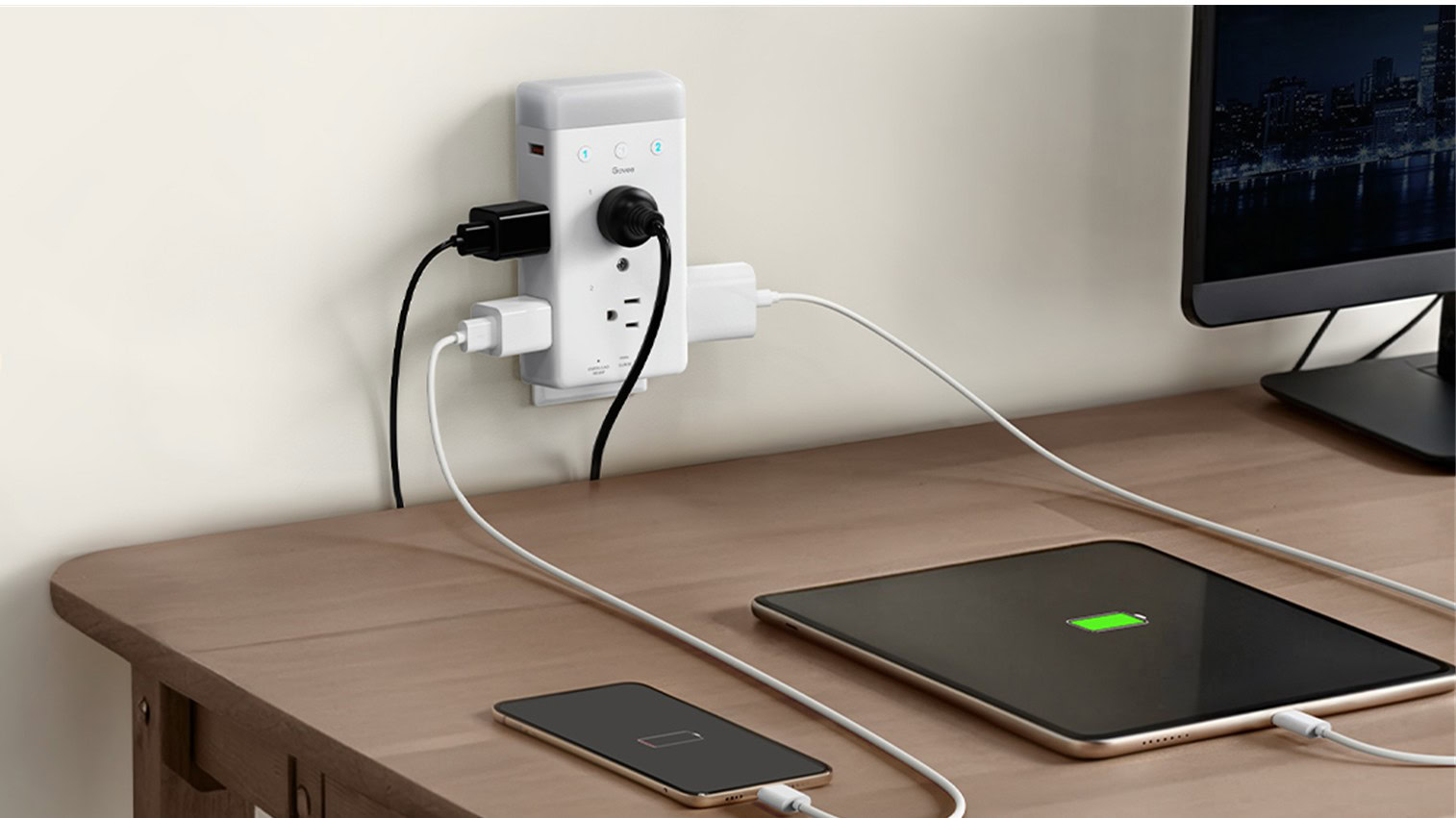Quick wins are nice, but slow wins usually mean more.Patience doesn’t always pay off in the additive manufacturing (AM) industry, though when it does, the rewards equal the wait.Materialise, the Belgian AM software provider, had to put in years of work with one of its partners, Vocus, a software platform used for managing aviation risk, to produce a muffler coupler used for gliders.
The part is challenging to make in ways that often drive manufacturers to seek out AM: above all, the need to assemble the final component by welding together 23 individual parts leads to stress on the coupler that ultimately results in a short lifespan.That increases the need for maintenance, which is already quite a challenge, since gliders — one- and two-seated light aircraft used mostly for recreation — are a highly niche market, meaning that maintenance workers are hard to come by.Vocus had extensive experience in polymer AM, but “they needed a supplier with a European Union Aviation Safety Agency (EASA) 21.G certification and metal 3D printing expertise.” This is one of the factors that led the Project Lead at Vocus, Stefan Gorkenant, to seek out Materialise in 2020.
Another factor was that Gorkenant personally knew the Team Leader for R&D in Metal 3D Printing, Tim Domagala: “I’m a certified glider pilot in addition to being an engineer, so there’s a link between these aerospace projects and my passion for being a pilot,” Domagala told me in an interview.“I’ve known Stefan for around 15 years now, through gliding competitions.“Vocus already had the design for the part when they came to us, and had already tried printing it in nylon.
When we switched to metal, Vocus originally asked us if we could use stainless steel.That part performed fairly well in tests, but it wasn’t perfect: Stefan noticed some micro-cracking, so he came back to us and asked if we could try another material.That led us to try Inconel, which is widely available, and in this case was easy to process.” It’s important to emphasize here that while Materialise’s capabilities for getting the process going were enabled by the company’s EASA 21.G certification and bolstered by its EN 9100 certification for polymer AM processes, Materialise didn’t gain EN 9100 certification for metal AM processes until early in 2025.
The hardest part here is developing the necessary historical data from material analysis, simulations, and flight and ground testing, which often takes up to five years: Erik de Zeeuw, the Market Manager for Certified Manufacturing at Materialise, explained to me why that process is so rigorous: “Regulators want you to be able to prove that you can deliver quality consistently.You have to be able to guarantee that if you’re going to produce the same part five years from now, you have all the relevant historical data that shows the part is going to perform as it should.“That’s why you can’t just step into this market: you have to have a certain amount of experience in order to even be allowed to operate.
But once you have that experience with certified parts, everything becomes much easier.In polymer, for instance, we can onboard parts from customers rather quickly.” With the muffler coupler, however, no matter how well-designed the Inconel part was that Vocus and Materialise had arrived at, it couldn’t be certified without more years of testing.This was exacerbated by the fact that they were starting out at the height of the pandemic, as well as by specific changes taking place in the regulatory environment for metal AM aerospace parts: “With COVID, the bureaucracy surrounding aerospace certification was of course working much more slowly than under normal circumstances.
And then we also had the problem that, just as we were stepping into getting our metal certification, the EASA was creating a new standard for the production of metal AM parts.“This disrupted our project for a bit.But ultimately, authorities were pushed politically to speed up the path towards passing the new standard, so we resumed our work.” Still, Materialise and Vocus still had quite a challenge in front of them, if only because they were attempting to 3D print a part that, until then, had only ever been produced with conventional techniques: “If your data is the first, it takes longer,” observed de Zeeuw.
But the partners kept going, nonetheless, printing an initial batch of six couplers prepared with Materialise Magics and the EOS Build Processor.After extensive load testing, both on the ground and in the air, the coupler ultimately gained EASA Supplemental Type Certificate (STC) approval, meaning that the part can now be used for repair on in-flight gliders.Significantly, according to Materialise, the 3D printed muffler coupler is expected to have a service life of at least ten times longer than its conventionally manufactured counterparts.
Further, now that Materialise has achieved its first flight-ready part with metal, de Zeeuw expects that future parts will have a much easier path towards certification, as was the case with polymer: “Now that we have a path towards certification, and regulatory authorities have approved our method, I’m convinced that this will open up the potential for many new use-cases in metal AM parts for aviation.” Given how much attention AM suppliers for aerospace devote towards defense, one important factor to keep in mind, Domagala pointed out, is that certifying parts for civil aircraft is typically much more difficult than for military planes: “I would say the oversight is a lot stricter, and the openness to innovation is more limited.You have to remember that the amount of flight hours for a plane like a 737 is much higher than for a fighter jet.Even so, it’s a gigantic market, and the momentum behind standardizing parts for civil aviation has been building for some time.
“The certification barrier may still exist, but the desire to succeed is there.I think what will improve the situation is if those from within the industry gain more awareness of metal AM, and demonstrate more willingness to innovate.” Probably the most valuable angle to what Materialise and Vocus did with the muffler coupler is the labor time saved by streamlining all the different subcomponents into one piece: “It’s really like you have 23 parts in one,” Domagala concluded, “which in this case equates to 60 weldings that you don’t have to do.That’s 60 weldings that you don’t need to hire a certified welder to execute.
“The aerospace industry continues to lag behind in terms of its workforce, which is what makes this a quintessential supply chain issue.And the fact that this part isn’t needed in the thousands for a given shop — more like around a hundred per year — makes it a perfect fit for AM.” In a recent post about AM for the robotics industry, I noted that, “A good AM case study should display how printed parts can solve different challenges with one general solution.” The muffler coupler from Materialise and Vocus fits that description perfectly: it’s a part that wasn’t previously being printed, for a niche industry with an ideal production volume for AM.Printing it reduces the complexity of the production process, ultimately reducing lead times.
And, for Materialise and Vocus, the road to certification may have been slow, but finally getting to the finish line will speed up all their future work in this space.Images courtesy of Materialise Subscribe to Our Email Newsletter Stay up-to-date on all the latest news from the 3D printing industry and receive information and offers from third party vendors.Print Services Upload your 3D Models and get them printed quickly and efficiently.
Powered by FacFox
Powered by 3D Systems
Powered by Craftcloud
Powered by Endeavor 3D
Powered by Xometry
3DPrinting Business Directory
3DPrinting Business Directory









